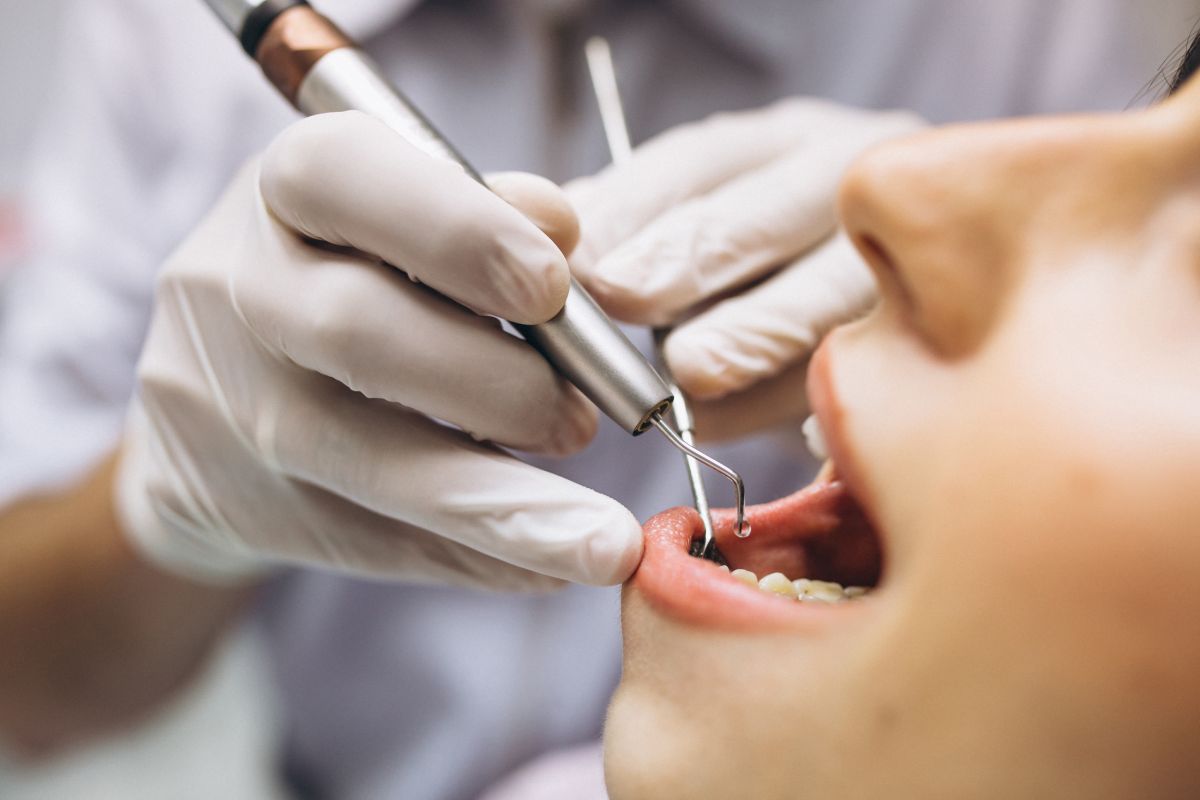
Tooth Extraction: Understanding the Procedure, Cost, and Recovery
A Brief Understanding Of Tooth Extraction
The removal of a tooth from its socket in the jawbone during a dental operation is called a tooth extraction. It is an essential procedure that occurs because of numerous factors, such as serious decay, infection, crowding, trauma, or to prepare for orthodontic treatment.
The tooth is softly removed after the dentist or oral surgeon uses specialized equipment to gently loosen it. The aftercare instructions involve pain management and appropriate healing techniques to ensure a speedy recovery that is frequently given. The goals of tooth extraction are to reduce discomfort, stop additional problems, and preserve oral health.
One of the most common dental surgery operations is third molar extraction. Research shows that the United States removes 10 million teeth from about 5 million people every year. Thus, it is one of the most common dental procedures.
What Is The Procedure For Tooth Extraction?
Tooth extractionis a frequent dental treatment carried out by an oral surgeon or dentist to remove a tooth that is broken, infected, rotten, crowded, or causing other dental problems. In order to guarantee the patient’s comfort and appropriate healing, the method entails numerous steps:
- Assessment and Examination
The dentist examines the tooth and looks at X-rays before performing the extraction to determine the tooth’s condition, the structures around it, and the optimum method of extraction.
- Anesthesia
Local anesthesia is used to make the area around the tooth numb. The patient won’t experience any discomfort as a result of this. However, they might feel some pressure.
- Loosening the Tooth
The tooth is carefully loosened within its socket by the dentist using specialized tools. Sometimes, a tooth needs to be broken up into pieces for simpler removal, especially if it is difficult to access or impacted.
- Extraction
The dentist delicately separates the loose tooth from its socket using forceps. During this process, patients may feel a little pressure, but there shouldn’t be any discomfort.
- Gauze Placement
After removing the tooth, the dentist applies a gauze pad to the extraction site to stop any bleeding. To encourage clot formation, the patient is instructed to bite down on the gauze for a predetermined amount of time.
- Stitching (if needed)
Stitches may occasionally be used to assist in closing a wound. Since these stitches normally dissolve, removal is not necessary.
- Post-Extraction Instructions
Detailed post-extraction instructions are given by the dentist, including advice on how to manage pain, maintain good oral hygiene, eat, and what to avoid, ensuring appropriate recovery.
- Follow-Up
Patients are typically scheduled for a follow-up visit to assess their healing progress. Any issues or difficulties can be addressed at this time.
- Recovery
A blood clot will form in the affected area as the socket progressively heals. It’s critical for proper healing that you don’t disturb this clot.
- Potential Complications
Potential hazards include infection, dry socket (loss of blood clot), severe bleeding, and nerve injury, yet tooth extraction is normally a safe procedure. These problems are less likely if postoperative care guidelines are followed.
What Is The Cost Of Teeth Removal Services?
The difficulty of the extraction, the tooth’s position, your geographic location, the type of dental expert doing the treatment, and whether dental insurance will cover any portion of the cost are some of the important factors that will all influence how much a tooth removal process will cost.
Wisdom Teeth Removal San Antonio needs more involved treatments like removing impacted teeth. These treatments are generally more expensive than simple tooth extractions, where the tooth is easily accessible and visible. Simple tooth extractions typically cost between $75 and $200 per tooth. However, surgical extractions can cost anywhere from $300 to $1000 or more.
Fees for consultations, X-rays, anesthesia, and any prescription prescriptions needed for follow-up care could all incur additional charges. If an oral surgeon performs the operation instead of a general dentist, then the fees may go up.
How To Prepare For A Tooth Removal?
There are a number of things you can do to prepare for a tooth extraction and promote quicker treatment and recovery. To begin with, arrange a meeting with your dentist or oral surgeon to go over your medical background, current medications, and any existing conditions. They can use this knowledge to decide on the best course of action and any necessary safety measures. X-rays may be taken to evaluate the position and health of the tooth.
You might need to modify your medication regimen or take antibiotics as directed by your dentist in the days before the extraction. Follow your dentist’s advice on fasting if you’ll be undergoing anesthesia. Make transportation arrangements for after the surgery, especially if sedation is involved. Prepare soft foods for the period right after extraction, such as yogurt, soups, and smoothies.
Recovery Period From a Removal of Tooth
Resting, smoking, refraining from hot beverages, and eating on the extraction side are all advised during the early postoperative period. The day following the extraction, gently rinse your mouth with warm saltwater and practice good oral hygiene without touching the extraction site. Although some discomfort and edema are common, these conditions should subside in a week.
For a few days, stick to a soft food diet and steer clear of intense activity. Keep your follow-up dental appointments to promote appropriate healing. While the majority of people see a considerable improvement within a week, full recovery can take many weeks. During your recovery time, don’t hesitate to get in touch with your dentist or wisdom teeth removal services in San Antonio for advice if you have excruciating pain, heavy bleeding, infection symptoms, or any other unsettling signals.
Conclusion
In order to avoid infection, tooth extraction is done in clean surroundings, and the dentist makes sure the patient is comfortable at all times. The dentist may suggest pain management techniques and, if necessary, prescribe antibiotics, depending on the difficulty of the extraction and the patient’s medical history. The main objective is for Wisdom Teeth Removal San Antonioto promote healing, minimize discomfort, and prevent complications.
You can choose Hardy Oak Family Dentistry to get the best treatment for your tooth. Connect with them to get the right advice for your oral health.






